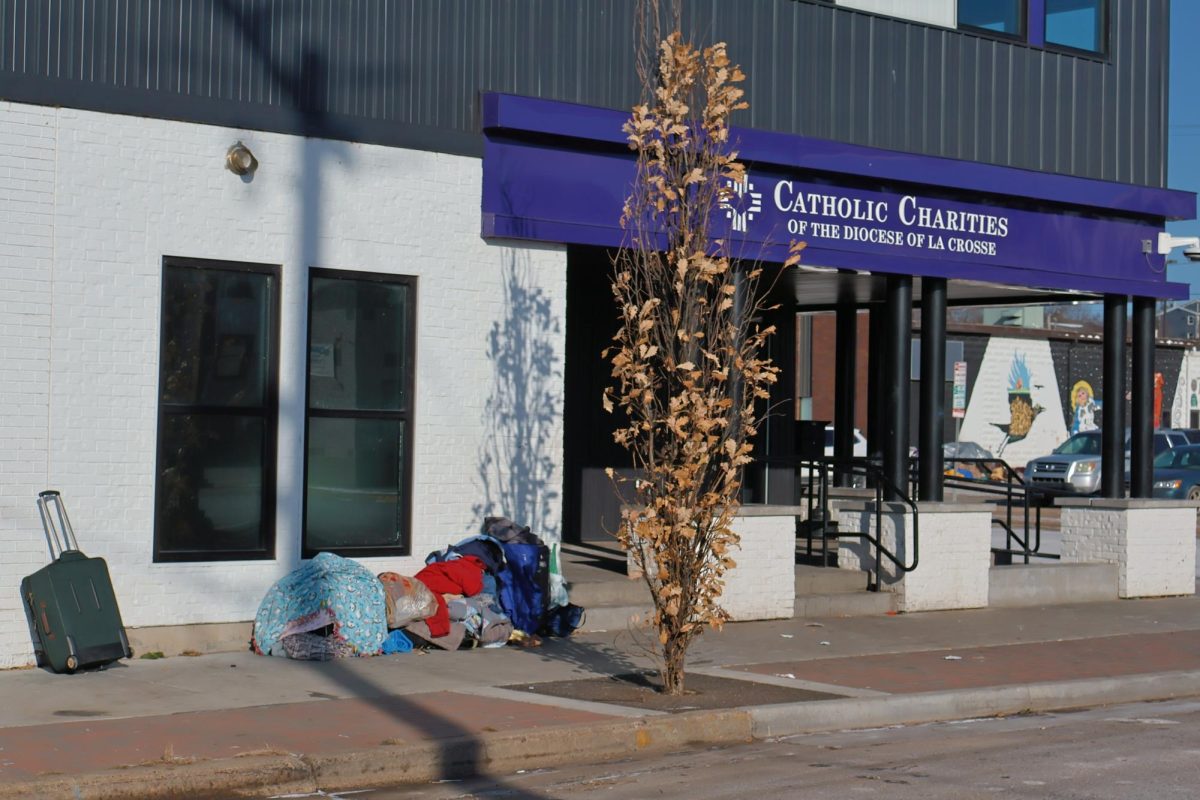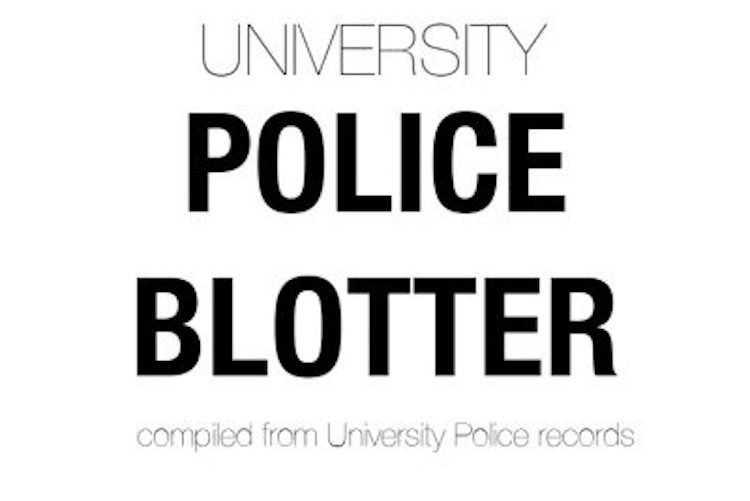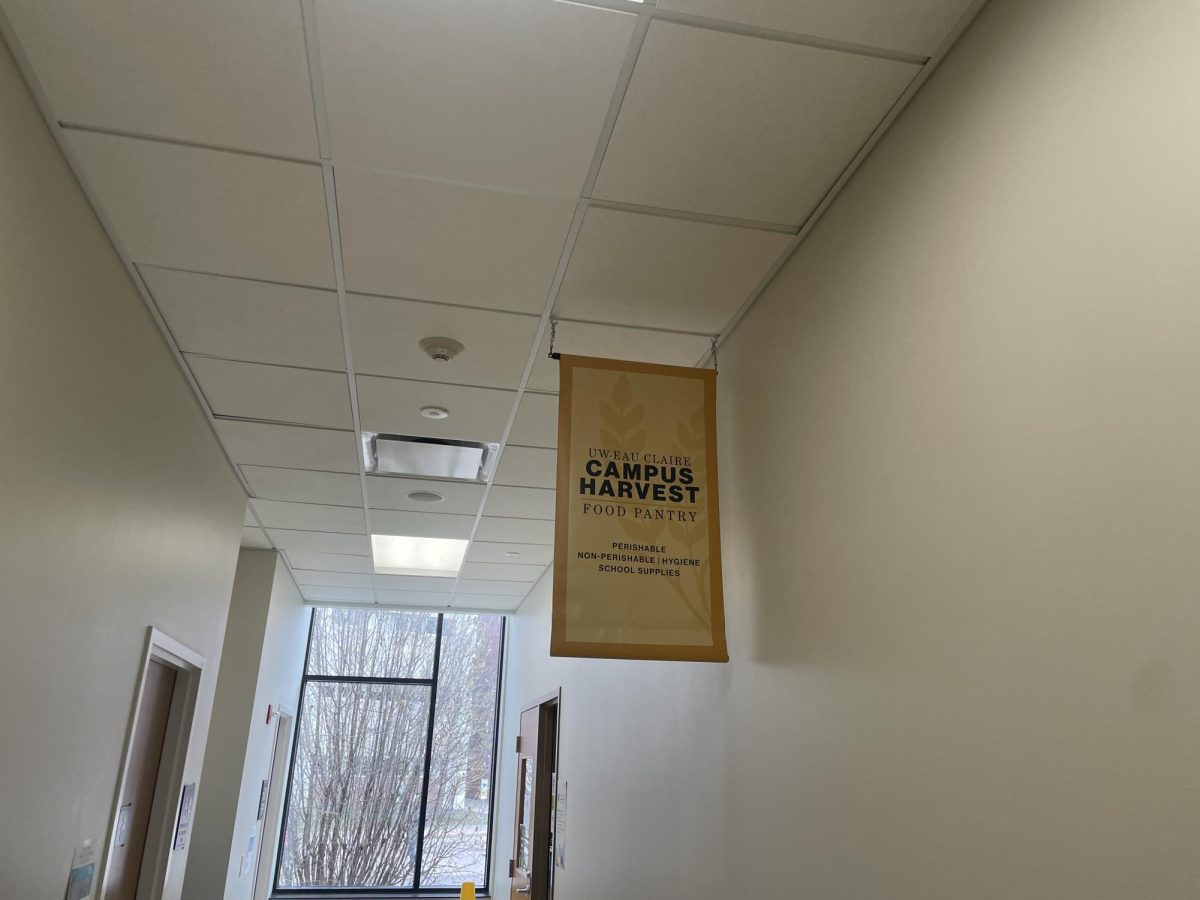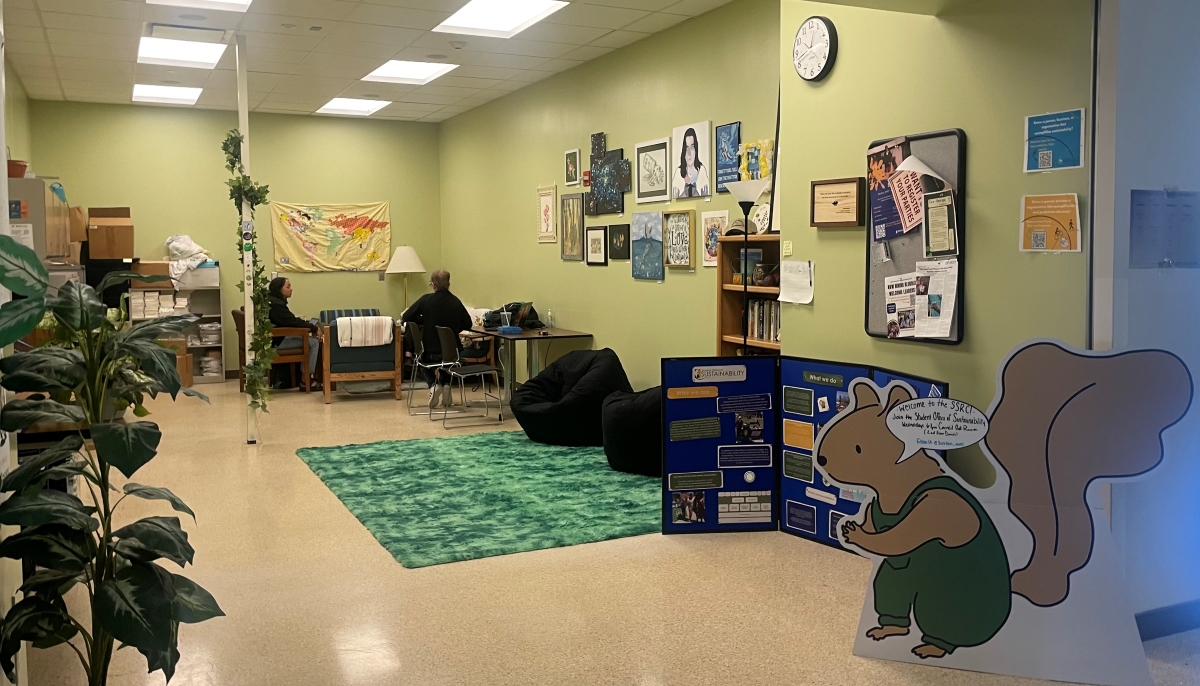Cheering fans, exhausted players and the thuds of the basketballs against the gymnasium floor were replaced in Zorn Arena this week by milling students, the low murmur of academic conversation and rows upon rows of posters.
The 19th annual Student Research Day took place from Monday to Wednesday this week. With almost 260 research projects displayed, it was the culmination of months and for some students and professors, years of work.
There was a multicultural trend to many of this year’s posters, according to a university press release.
Junior special and Spanish education double major Sarah Hemmy’s research focused on the use of English in the Spanish classroom and how that affects students’ ability to learn.
She used local high school and middle school classes for her sample, citing her majors and interest in finding ways to improve her teaching skills as the main motivation behind performing the research.
“I hope to use (the students’) suggestions when I become a teacher to maximize the learning for my students,” she said. “Most of them want more Spanish usage, and they want to be pushed a little bit further, so I’m hoping to do that as a future teacher.”
In addition to personal benefits, Hemmy said she hopes the teachers and students who participated in the research will benefit from the findings as well.
About a quarter of all the projects focused on natural and physical sciences.
Sophomore biochemistry/molecular biology major Caitlin Borchardt and junior microbiology major Morgan Laffey started working last semester with Dr. David Lonzarich, professor of biology, on an analysis of the connection between the density of alarm substance cells — the cells that are released under stress to warn other fish — and parasite load in creek chub.
“I wanted to be able to think the way researchers did,” Laffey said. “A lot of regular lecture is memorization and comprehension, but the way to think and go about adding to your hypothesis is what I wanted to practice.”
Borchardt agreed, adding that she enjoyed the process and that “it’s nice to get into the researching community.”
Both Laffey and Borchardt said they joined the project after it had already begun, and it will continue through the summer in order to gather a whole new set of data.
Senior history and economics double major Tyler Christiansen, along with four fellow students, examined the effectiveness of the United States Department of Agriculture’s Fresh Fruit and Vegetable Program in local grade schools.
Christiansen said that their study produced some unexpected results, namely that when coupons for fruits and vegetables were given to underprivileged families, only about $2,000 of the total $7,000 that was given out was redeemed.
“We were really surprised at the lack of coupon redemption,” he said, “so now we’re just trying to figure out why that happened.”
Given this development and his enjoyment of the research process, Christiansen said that he would love to be able to do a follow-up study.
“I’ve learned a lot…I really think obesity is a huge problem that we need to address in the United States,” he said. “It’s helped to apply all the knowledge you learned in classrooms to an actual subject.”






